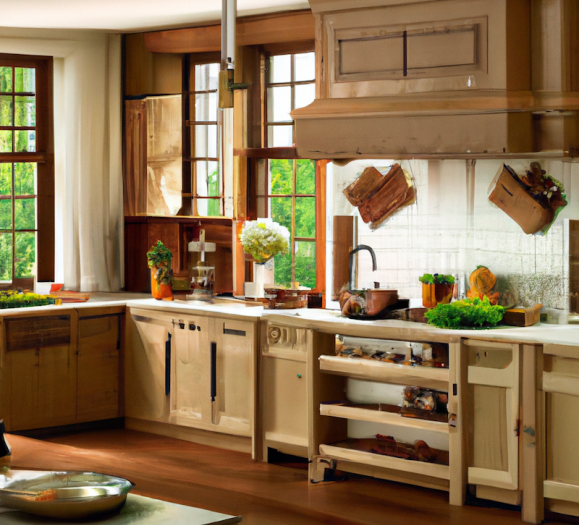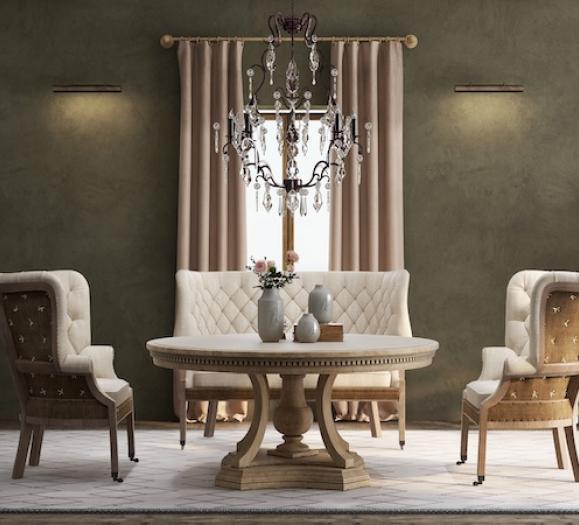So, you’ve done the hard work of understanding your business, and you’ve put all your systems and processes in place, ready to take on the world. Now, all you need is to get in front of that perfect client, or maybe 20 of those perfect clients. Unfortunately, most of us spend our days with heads down, focused on the day-to-day, managing a team, specifying beautiful fabrics and furniture, site visits, client meetings, accounting, procurement and so on. It’s exhausting! So much so that we forget about our most important role as an owner: CMO, Marketer in Chief.
As the head of your company, you already have an innate understanding of what you can provide to your clients. The challenge is getting that message to your prospective clients, so they know you are the right choice to design their home. The time commitment to your marketing efforts, according to experts, should be about 50 percent. It is the one aspect of your business that you can control. There are many ways to reach your ideal clients, and with communications opportunities growing exponentially, it’s more important than ever to prioritize your time, budget and emotional bandwidth. I like to look at this in three ways: communications, business development and brand management. Let’s start with communications.
Communications - Noise to Signal
Under the communications umbrella we have social media, website and blog, advertising, and editorial. Having a focused message and consistent delivery method will serve you better than having much to say and nowhere to say it. Focus on what you and your firm do well. Say it simply and earnestly. Broadcast this message on each of your communications platforms, and your clients will recognize you and your work.
Let’s Get Social
Strong social media platforms such as Instagram, Facebook, Twitter, Pinterest and TikTok allow us access to a large audience, which can then be focused to meet our marketing needs. Because time is valuable, I tell my clients to work with no more than three social platforms. You should choose based on where your clients are, so do your homework. Look for time-saving social media schedulers like Social Pilot, Hootsuite and Buffer.
Be Your Own Webmaster
Unlike your social media efforts, which are a snapshot of your brand today, websites are usually the face of your business, and it is hugely important to have it in tip-top shape. I suggest hiring a designer that will create a site that is easy to update and allows you to add content. Website builders such as WIX, Squarespace, Weebly and Duda are user friendly and, with a few tutorials, will have you adding portfolio pics, blog entries and staff bios like a pro. Your website should always tell your potential clients four basic things: who you are, what you do, how well you do it and where they can find you. Make navigation simple.
Mad About Ads
Advertising can be daunting. However, it allows us to reach a focused, motivated audience that has been researched and hand delivered. We live in an increasingly digital world, but it’s important to budget for both digital and print media. On the digital side, you can take advantage of the enormous power of social media for the ability to target your audience and provide real-time metrics and analysis, which is exactly what you need. Google also has phenomenal advertising options. If you know your clients are finding you through a Google search, adding smart, simple, keyword-focused ads will increase that reach.
In print, the trend is moving toward regional publications like Luxe Interiors & Design, Cottages & Gardens and Modern Luxury. These brands capitalize on a local, affluent audience, and have the look and feel of national shelter magazines. Their audience is your audience. While print ad buys tend to be more costly, most publishers will pair those ads with custom digital content through their websites, social media and email lists, as well as offer incentives like editor invites and special events, all of which can increase your visibility with editorial staff and writers.
Letters to the Editor
As a designer who started before the digital age took hold, I knew how important it was to be published by a national magazine. It solidified my firm’s reputation and lent credence to my design capabilities. In 2021, while many designers still look for that elusive third-party endorsement, our options for editorial have broadened. Architectural Digest is a good example. The audience for its monthly print publication is roughly 6 million but its digital audience numbers more than 18 million. In print, there are maybe three to four features each month, whereas its content-hungry digital audience demands a constant flow of architectural and design stories. Submissions to the edit staff should be filled with stunning photography and provide a story that will appeal to readers. Research who to send submissions to. Publication can have multiple editors for home projects, market pieces and lifestyle, or one editorial director to handle decision-making. Developing a relationship beyond the simple “ask” will get your project seen, even if it isn’t right for the moment.
Taking on each part of the communications umbrella one bit at a time, you can increase your firm’s visibility and put yourself in front of the clients you want.







